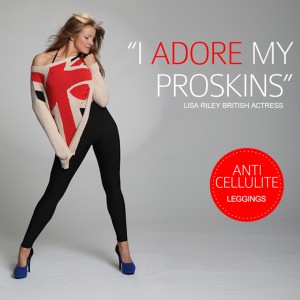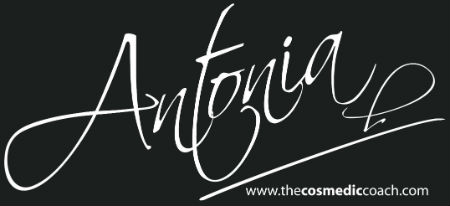What is cellulite?
The word cellulite refers to the dimpled appearance of the skin that some people have on their hips, thighs, and buttocks. This appearance is much more common in women than in men because of differences in the way fat, muscle, and connective tissue are distributed in men and women’s skin. The lumpiness of cellulite is caused by fat deposits that push and distort the connective tissues beneath skin, leading to the characteristic changes in appearance of the skin.
Cellulite is not related to the condition known as cellulitis, this is different and is actually a dermatological condition that is a spreading bacterial infection of the skin and tissues beneath the skin.
What causes cellulite?
Many factors can cause cellulite, heredity, skin thickness, gender, the amount and distribution of body fat, and age can all influence the extent to which cellulite is present or visible. While cellulite is more common in women than men, men can also be affected. Cellulite occurs in people of all races and ages. Although female hormones may play a role in contributing to this pattern of fat distribution, cellulite is not treatable by hormone therapy.
What are the supposed “treatments” for cellulite?
Most people dislike the appearance of cellulite and prefer to have skin as smooth as they possibly can. Therefore, much has been written about cellulite, and many treatments have been promoted, ranging from dietary changes to cellulite creams and mechanical treatments. Some of these therapies include:
Methylxanthines: are a group of chemicals that include aminophylline, caffeine, and theophyilline. These chemicals are present in many cellulite creams and are promoted as treatments for cellulite because of their known ability to break down fat stores.
Massage treatments: Several machines have been introduced that massage the areas affected by cellulite. These machines use rolling cylinders to gather areas of skin and massage them inside a chamber. One example of massage treatments is Endermologie, which was developed in France and has been used for cellulite treatment since the mid-1990s. This technique uses an electrically powered device that suctions, pulls, and squeezes affected areas. Treatments are expensive and typically last for 30-45 minutes, and 10-12 treatments are typically required before results are noticeable. Endermologie has been approved by the U.S. FDA for temporary reduction in the appearance of cellulite. While a temporary decrease in the appearance of cellulite may occur, the technique appears to redistribute fat rather than permanently alter its configuration under the skin. Regular maintenance treatments are required after the initial effect has been achieved or the appearance of cellulite will return.
Laser or light therapy: The FDA has approved two light-therapy devices that combine suction or massage with light therapy for the temporary reduction of the appearance of cellulite. TriActive is a treatment that combines a low-level laser treatment with suction and manipulation of the skin, while Velasmooth is a treatment combining laser and massage therapy. Like Endermologie, both treatments require multiple treatment sessions and maintenance treatments to keep up the improved appearance.
Wraps: Many salons offer herbal or other types of body wraps as treatments for cellulite. Like cellulite diets, their effects have not been proven or reported in controlled studies in the medical literature. While wraps may decrease fluid retention and improve the overall appearance of skin, these effects are temporary.
 Its all about gorgeous legs this week at The Cosmedic Coach facebook page come and join us and enter our free ‘PROSKINS’ giveaway! and more tips, advice and information on how to get GOREOUS legs.
Its all about gorgeous legs this week at The Cosmedic Coach facebook page come and join us and enter our free ‘PROSKINS’ giveaway! and more tips, advice and information on how to get GOREOUS legs.
